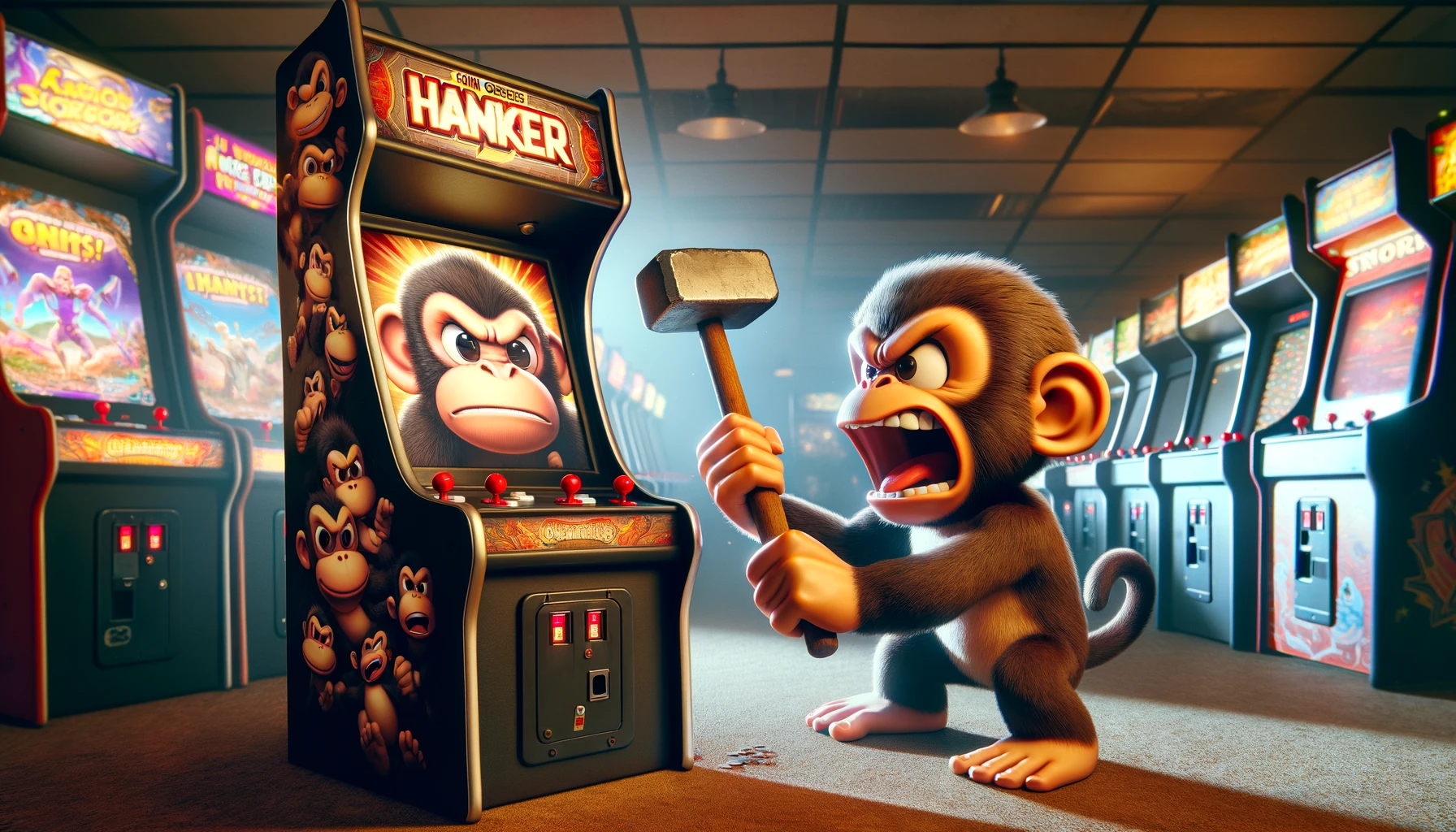Exploring the spike in difficulty within arcade coin-operated games reveals a nuanced evolution influenced by technological advances, changing player expectations, and the economic imperatives of arcade operators. The golden age of arcades, spanning from the late 1970s through the mid-1980s, was marked by a surge in innovation and popularity, setting the stage for this complexity shift.
Coin-Operated Economics
Arcades have been a staple of entertainment for over a century, transitioning from penny arcades with peep show machines and mechanical amusements to venues housing video games that captivated a diverse audience. The introduction of pinball machines in the 1930s and their evolution, coupled with the later arrival of video games, significantly altered the arcade landscape. Games like “Pong” and “Gran Trak 10” offered new forms of engagement, with video games eventually overshadowing pinball and electromechanical games in popularity.
The difficulty spike in arcade games can partly be traced back to the economic model of coin-operated machines. Arcade operators sought to maximize profits, which led to games being designed or adjusted to ensure a quick turnover of players. An infamous example is “Sinistar,” initially designed to be more playable but was made significantly harder at the request of arcade operators, aiming to limit game duration to two minutes or less. This practice was not isolated, as many games from the era were tuned to balance the fine line between challenging the player and encouraging continuous coin drop.
The Lure of the Challenge
The narrative around arcade game difficulty is also intertwined with the experiences of the players themselves. For many, the allure of arcades was not just the games but the social and competitive environment they fostered. Games like “Defender,” “Starcastle,” and “Sinistar” are often cited as some of the hardest, requiring players to develop significant skill and strategy to progress. This high difficulty level added to the games’ allure, challenging players to improve and compete against each other for high scores.
In contrast to earlier mechanical and electromechanical games, the wave of arcade video games introduced from the 1970s onwards brought about a significant change. The first video game, “Computer Space,” released in 1971, marked the beginning of a new era in arcade gaming, offering experiences that were vastly different from pinball and skee-ball. Iconic games such as “Space Invaders,” “PAC-MAN,” “Donkey Kong,” “Street Fighter,” and “Daytona USA” not only defined generations but also showcased the increasing complexity and depth of gameplay that became a hallmark of the industry. These games were designed to be easy to learn but difficult to master, a principle that remains central to video game design today.
While arcades today are not as ubiquitous as they once were, the legacy of the difficulty spike and the games that embodied this challenge live on. Modern arcades blend nostalgia with new technology, offering both classic games and newer experiences that continue to challenge players in unique ways. Venues like arcade bars cater to enthusiasts looking to relive the glory days of arcades while enjoying contemporary offerings.
In summary, the difficulty spike in arcade coin-op games reflects a confluence of factors, including economic considerations, technological advancements, and evolving player expectations. This complexity not only shaped the arcade experience but also influenced the broader video game industry, contributing to the rich tapestry of gaming culture that continues to thrive today.
